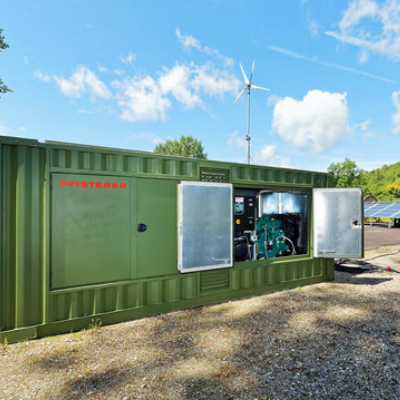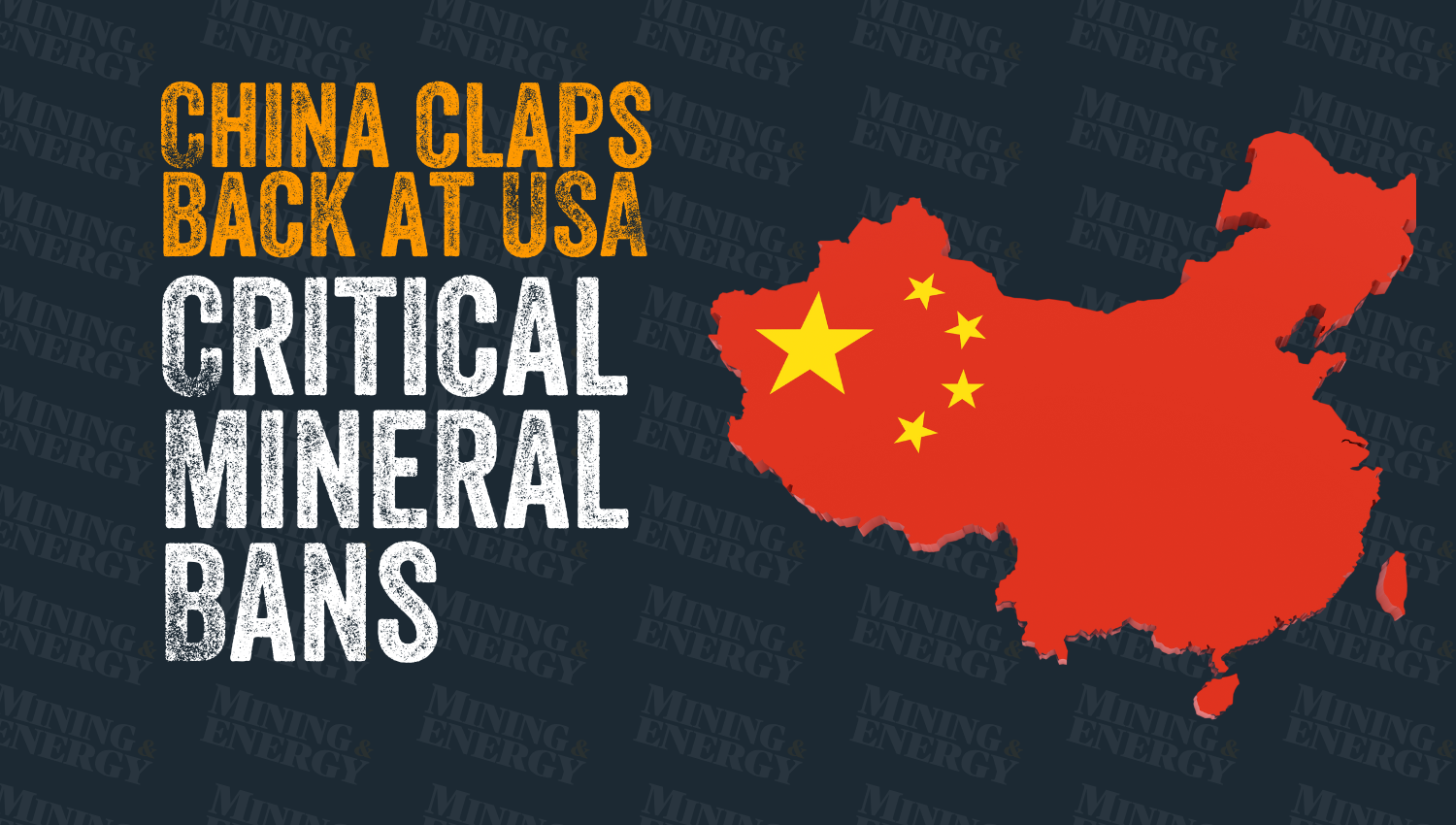Are mini-grids the future of energy?

The Pfisterer CrossPower System offers several benefits to remote mining locations, including lower energy costs and portability. — Photo courtesy Pfi
The Pfisterer CrossPower System offers several benefits to remote mining locations, including lower energy costs and portability. — Photo courtesy Pfisterer
The cost of transporting and operating on diesel has been an on-going concern in mining and exploration, amplified by falling commodity prices. Market fluctuation means more projects than ever before are finding room on the shelf in the absence of a solid business case.
A company based in southern Germany has released portable mini-grid technology that could change the viability of exploration at remote locations by replacing up to 80 per cent of a project's energy requirements with renewable power.
In a study released by manufacturer Pfisterer/THEnergy titled Mobile solar and wind diesel hybrid solutions for mineral exploration, the company has compiled the results from interviews with 16 experts from the mining and renewable energy sectors on the use of and need for energy solutions in mining and exploration contexts.
The study effectively shows that solar and wind microgrids have the capacity to meet mineral exploration sector power generation requirements without the typical burden of infrastructure outliving the project's need for power, equipment hazards associated with dismantling solar and wind generation facilities, and the need for mobile systems.
Mining in remote locations is shackled by the cost of diesel. Though the going rate has recently dropped over the past five years, the current trajectory is rising. Transportation and expense continue to limit exploration and small-scale development, particularly in remote locations.
Finally, at the exploration stage, there is no guarantee of finding enough mineral deposits to justify setting up a mining infrastructure. All the factors demonstrate that exploration companies have no interest in committing to 25 or more years of electricity supply at specific sites. What is needed instead are semi-portable, flexible solutions that minimize the effort of dismantling them and rebuilding them at a new location.
Moreover, exploration operations are seldom guaranteed. One statistic in the report states that 500 to 1,000 grassroots exploration projects are required to identify 100 targets for advanced exploration; these lead to 10 development projects, one of which becomes a profitable mine. This hardly justifies the cost of developing early a full mining infrastructure.
Conventional renewable energy power plants are constructed to last at least 25 years, while mineral exploration camps generally operate between two and six years. The practical requirements are also significantly lower than those of a full-scale extraction operation, calling for a power system tailored to the needs of the exploration sector.
The report garners support for Pfisterer's containerized microgrid solution called CrossPower—a portable, plug and play, renewable energy micro-grid system with quick on-site assembly requirements.
The system comprises a control unit, high-performance batteries, wind turbine, solar panels and two diesel generators. It combines solar, wind and diesel energy and storage to achieve a rated output of approximately 150 kilowatts (up to 3,600 kilowatt hours per day) and 100 kilowatt hours of storage.
Its performance and cost point are optimized as renewable energy receives the highest output priority, and the system's energy management system prioritizes consumer sources, shutting down noncritical functions when power reserves lag.
An integrated storage component conquers the reliability factor—power quality is maximized for a seamless shift in times when wind or solar resources are insufficient. As a result, diesel gensets can stay switched of for longer periods of time.
The wind turbine and parts of the solar plant are mounted right to the container. The entire system is designed to minimize wear on the parts during dismantling—a major problem in full-scale renewable energy plants. If mobile use is required, the components can be transported in two 20-foot ISO containers.
Thomas Hillig, CEO of the Microgrid Consultancy THEnergy, said the advantages of renewable energy use go beyond pure cost savings. “Exploration companies send a strong signal to the regulator which could be very useful for obtaining mining licenses,” he said. “In some cases, solar and wind energy in the exploration phase might also lay the foundation for renewable energy use in the consequent extraction phase.”
The study can be downloaded at www.th-energy.net/english/platform-renewable-energy-and-mining/reports-and-white-papers.
Sidebar
CrossPower portable renewable energy mini-grids by Pfisterer/THEnergy tackle cost drain from diesel in remote operations. Features include:
- combined wind turbine, solar panels and diesel generator system
- rated output of 50 kW (up to 3,600 kWh per day)
- 100 kWh of storage
- prioritized functionality for essential consumers
- optimizes use of renewable energy
- components fit in two 20-foot ISO containers for mobile use
- tailored to mineral exploration energy requirements that don't support conventional power facility or high cost of transporting diesel
CrossPower portable renewable energy mini-grids by Pfisterer/THEnergy tackle cost drain from diesel in remote operations. Features include:
- combined wind turbine, solar panels and diesel generator system
- rated output of 50 kW (up to 3,600 kWh per day)
- 100 kWh of storage
- prioritized functionality for essential consumers
- optimizes use of renewable energy
- components fit in two 20-foot ISO containers for mobile use
- tailored to mineral exploration energy requirements that don't support conventional power facility or high cost of transporting diesel



